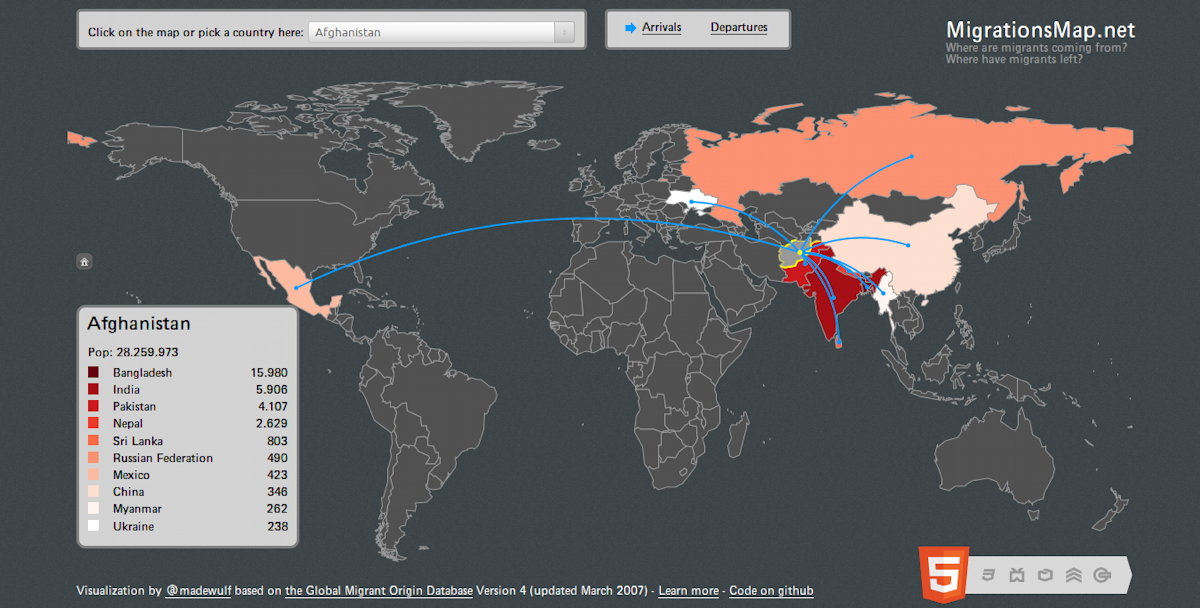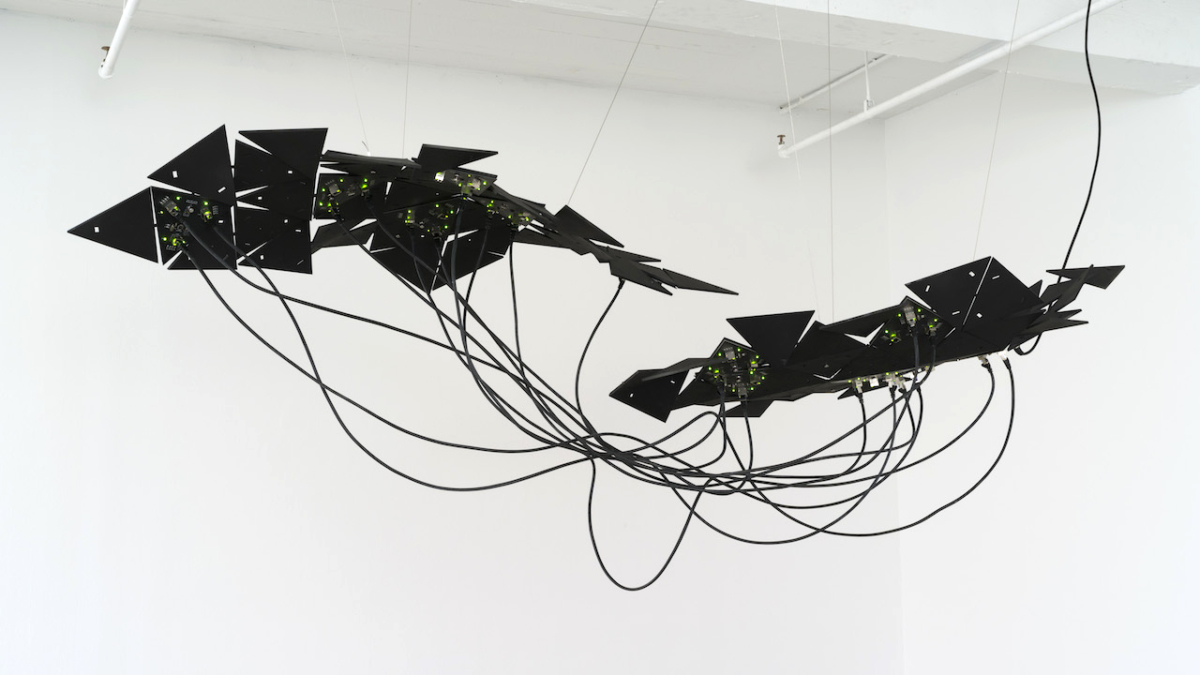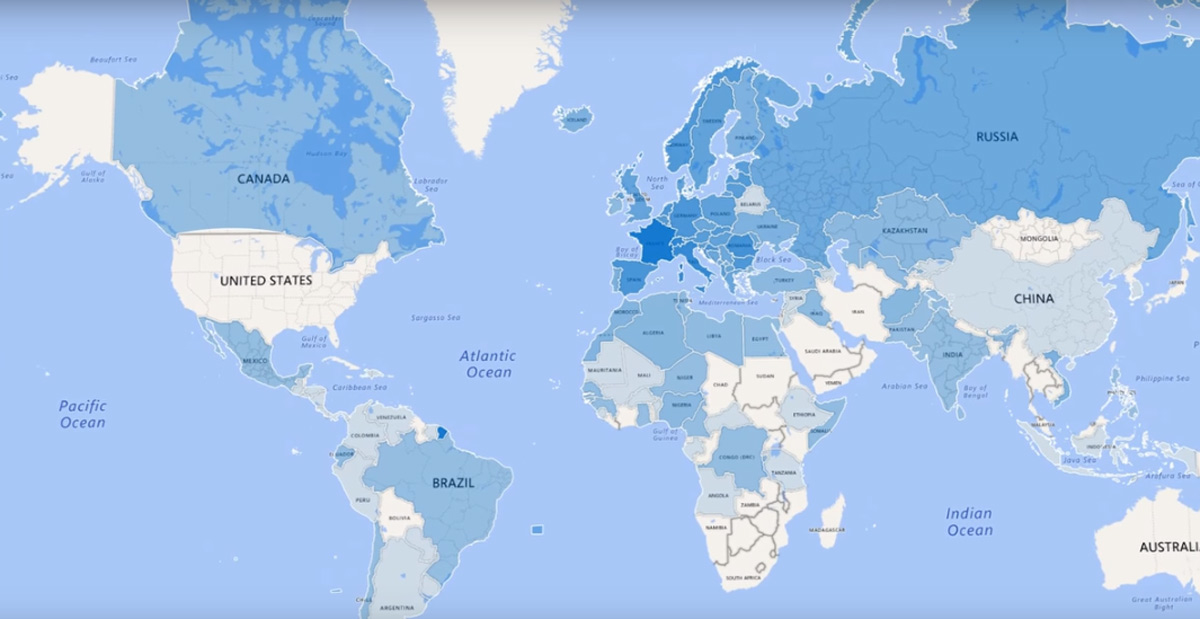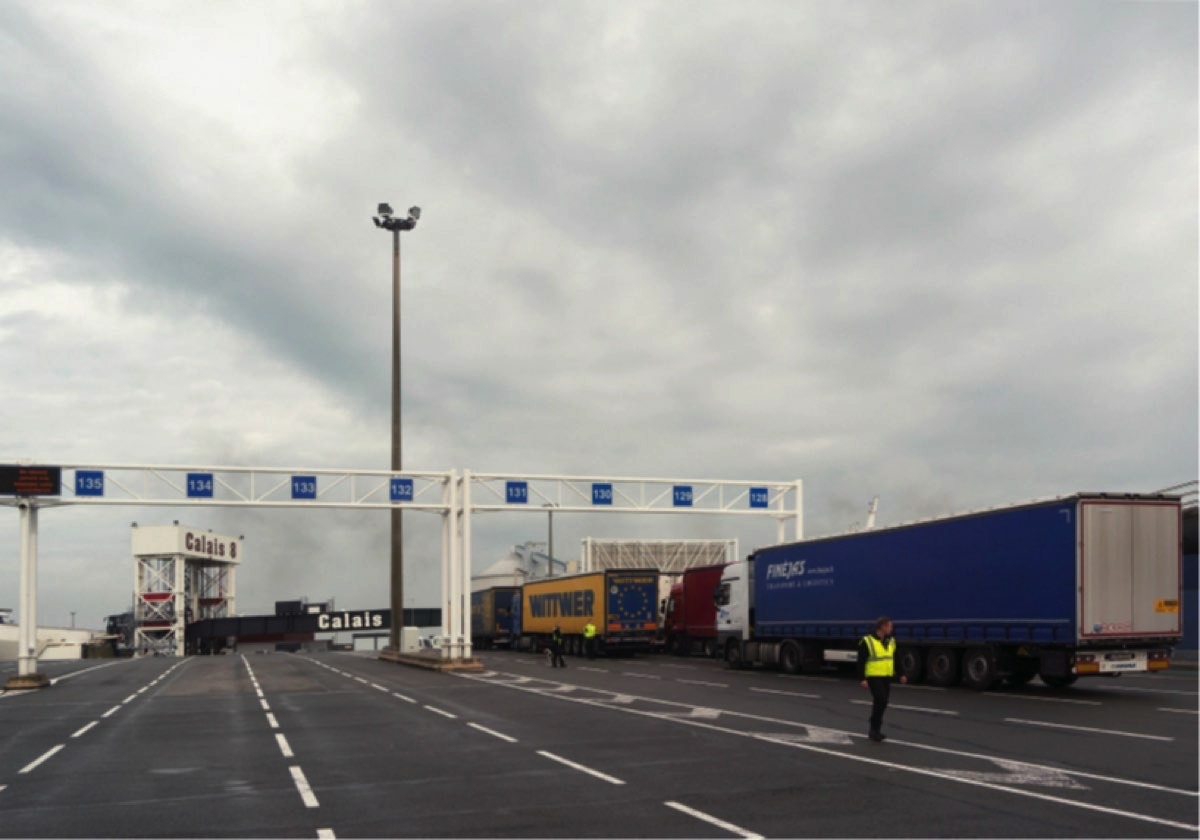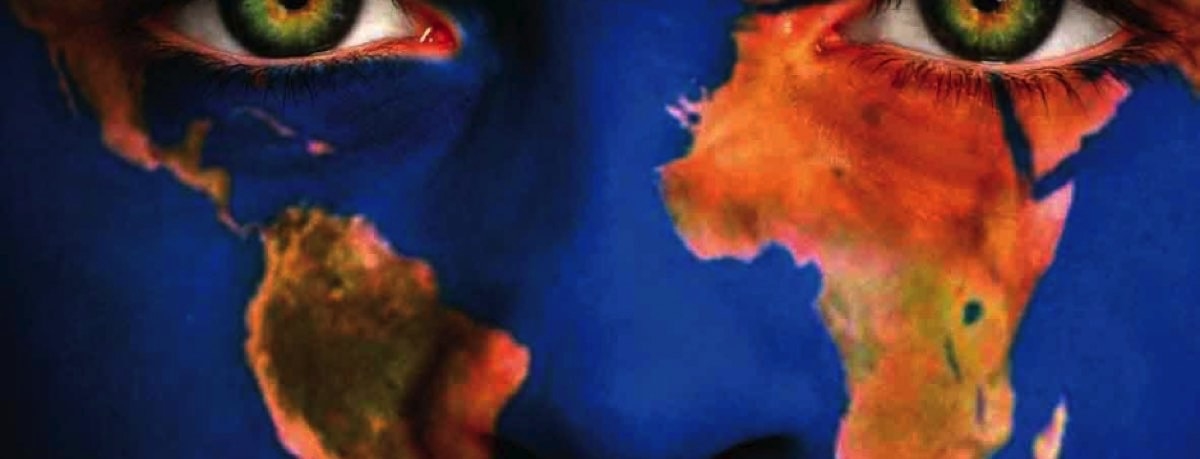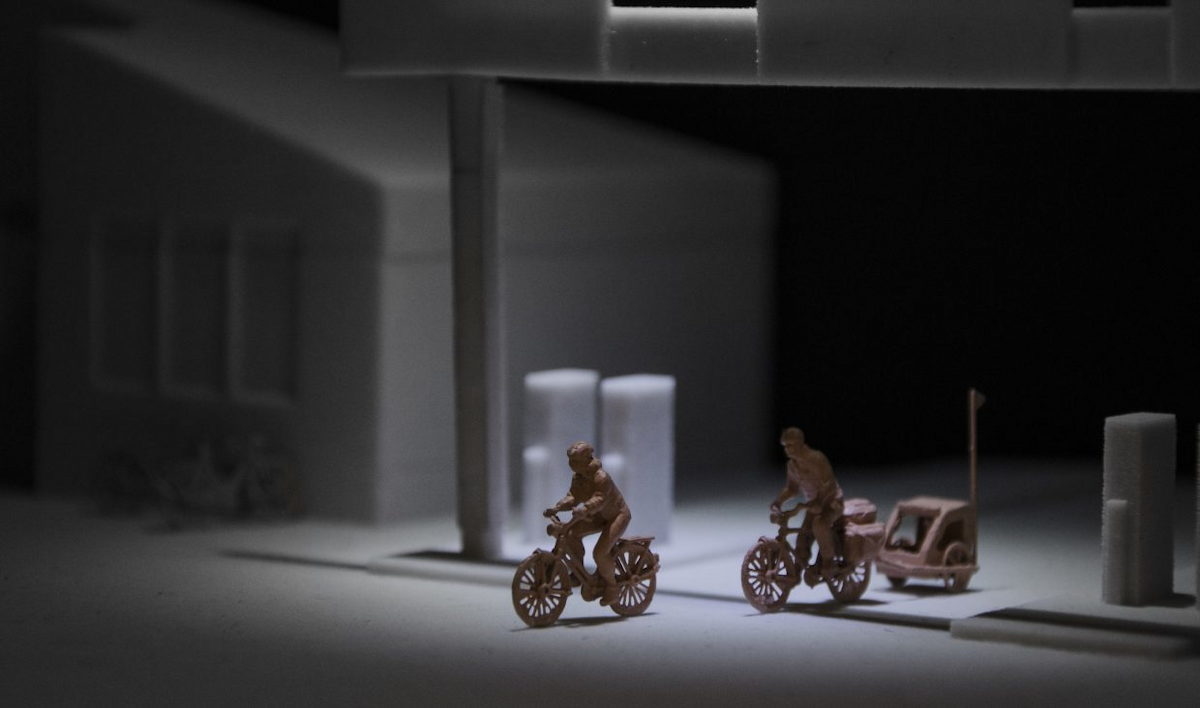Data and Dragons: Cloud Farming, 2014 custom designed printed circuit boards, ethernet patch cables, 80/20 aluminum installation: 31 x 87 x 35 in / 78.7 x 221 x 88.9 cm, Photo by John Berens for bitforms gallery, New York City, USA
placesiveneverbeen.com
Cloud Farming questions the sacred nature of technology by re-contextualizing system hierarchy as a portrait of data. It manifests the cloud, social networks, data, leaks and what forms social capital into a single object. Ultimately its a creative experiment about contemporary power structures as a type of group consciousness, becoming a 3-dimensional map of post-Wikileaks information culture.
Addie Wagenknecht
b.1981, Portland, OR
Lives and works in Innsbruck, Austria
Addie Wagenknecht is an American artist based in Austria whose work explores the tension between expression and technology. Blending conceptually-driven painting, sculpture, and installation with the ethos of hacker culture, Wagenknecht constructs spaces between art object and lived experience. Here, the darker side of systems that constitute lived reality emerge, revealing alternative yet parallel realities. In the context of post-Snowden information culture, Wagenknecht’s work contemplates power, networked consciousness, and the incessant beauty of everyday life despite the anxiety of being surveilled.
A member of Free Art & Technology (F.A.T.) Lab, Wagenknecht was the recipient of a 2014 Warhol Foundation Grant, which she used to found Deep Lab, a collaborative group of researchers, artists, writers, engineers, and cultural producers interested in privacy, surveillance, code, art, social hacking, and anonymity. As an active leader in the open source hardware movement, she also co-founded NORTD Labs, an international research and development collaborative with Stefan Hechenberger, which produces open source projects that have been used and built by millions worldwide. Wagenknecht’s work has been exhibited internationally, including the Museum of Modern Art, New York; Phillips, New York; LEAP, Berlin; Haus der elektronischen Künste (HeK), Basel; MU, Eindhoven; the Istanbul Biennial, Turkey; MuseumsQuartier, Vienna; Grey Area Foundation for the Arts, San Francisco; Gaîté Lyrique, Paris; Beit Ha’ir Museum, Tel Aviv; and many festivals such a GLI.TC/H and the Nooderlicht Photography Festival. Her work has been featured in TIME, The Wall Street Journal, the New York Times, Art in America, Vanity Fair, BUST, Vice, and The Economist. Past residencies have included Eyebeam Art + Technology Center, New York; Culture Lab at Newcastle University, UK; Hyperwerk Institute for PostIndustrial Design, Switzerland; and the Frank-Ratchye STUDIO for Creative Inquiry at Carnegie Mellon University.
Presently chair of the MIT Open Hardware Summit, Wagenknecht holds a Masters from the Interactive Telecommunications Program at New York University and a BS in Computer Science from the University of Oregon. Wagenknecht’s first solo exhibition in the United States, Shellshock, opened November 2014 at bitforms gallery in New York. Upcoming solo exhibitions will be presented at MU, Eindhoven and HeK, Basel. bitforms




